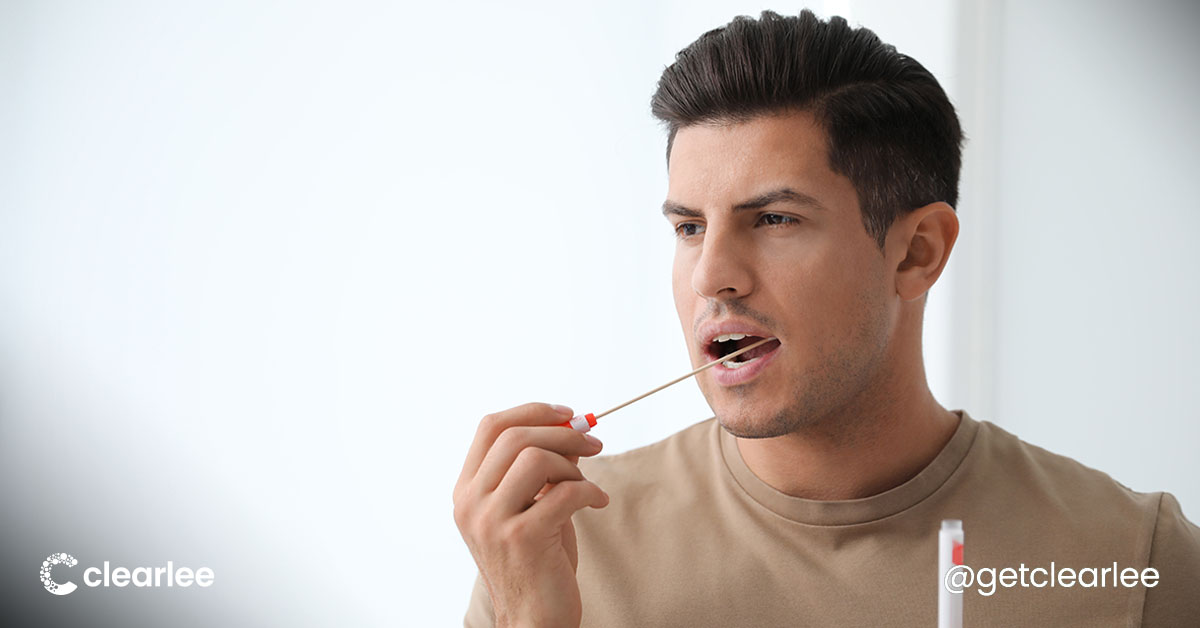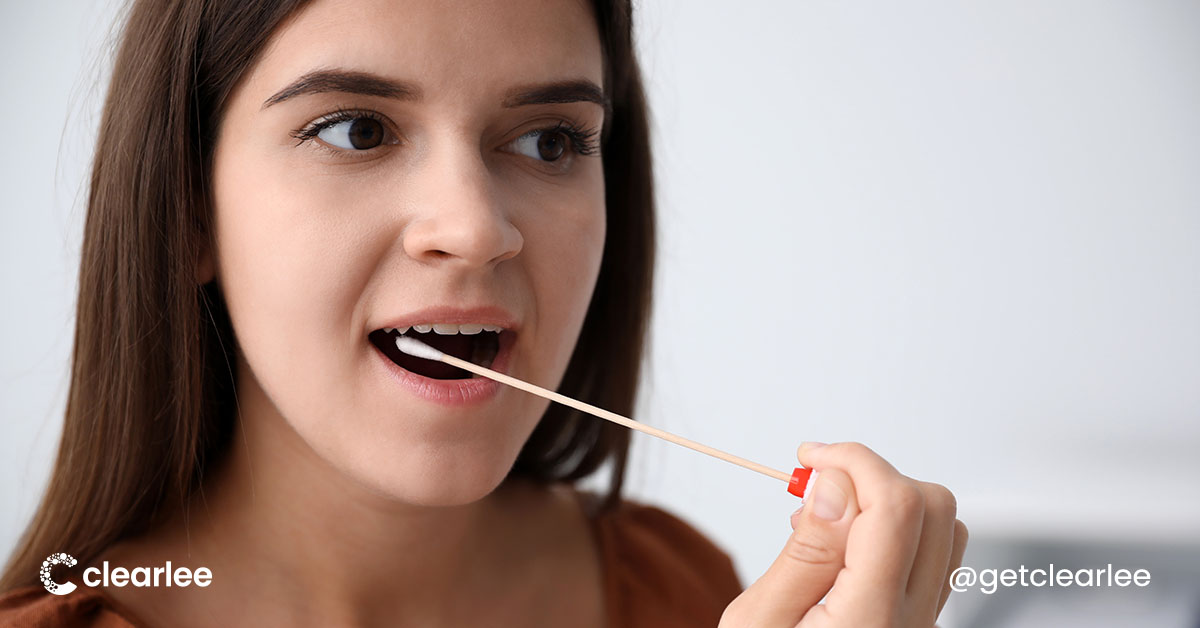We don’t typically give much thought to saliva. Like breathing or digestion, the production of saliva occurs without any conscious effort on our part. However, this oft-forgotten bodily fluid is a diagnostic powerhouse, increasingly used to detect health conditions like hormone imbalances and infectious diseases in addition to monitoring drug use. In this article, we will provide an overview of the history, evolution, and future applications of saliva testing.
Ancient Origins
Although saliva testing has only recently gained popularity as a non-invasive and convenient method for drug monitoring, its use as a diagnostic tool dates back thousands of years. Here are some fun facts about the history of saliva tests:
- The ancient Chinese believed that saliva contained “qi,” a vital life force that could be harnessed for healing. They believed the color, texture, and viscosity of saliva revealed important information about a person’s health.
- In the 1800s, scientists used rice grains to detect the concentration of the enzyme diastase in saliva samples. This experiment paved the way for further studies on saliva’s diagnostic potential.
- In the mid-20th century, researchers began to systematically study saliva and its diagnostic applications.
- The use of saliva in drug detection emerged in the late 1980s and early 1990s as an alternative to the more invasive methods of urine and blood testing.
Evolution
The use of saliva-based testing was largely experimental at first. As technology improved and the accuracy and reliability increased, saliva-based tests gained in popularity. Here is a timeline showing the evolution of saliva-based testing:
1970s– The first rapid antigen tests for streptococcal infections, such as strep throat, were developed. Rapid antigen tests for respiratory syncytial virus (RSV) and various forms of the flu soon followed. These tests allowed for faster diagnosis and treatment and helped to stop the spread of infection.
Late 1980s–Roche Diagnostics developed the first commercially available saliva-based drug test.
Late 1990s– Saliva-based tests gained popularity in workplaces, court monitoring, and criminal justice programs due to their convenience, rapid turnaround time, and noninvasive nature.
2000s– Law enforcement agencies in Australia and the United Kingdom started using saliva for roadside drug testing as awareness of the dangers of drug-impaired driving led to a growing need for on-site testing.
Late 2010s– Saliva-based antigen tests for COVID-19 were developed and used worldwide for quick detection, providing a valuable tool for screening and diagnosis during the pandemic.
2020– Clearlee was founded by Liz Read after she was unable to find a simple and dignified drug monitoring solution for a struggling family member. Clearlee combines rapid saliva-based testing with AI technology to provide remote testing capabilities for families, employers, and judicial systems.
This just in: Department of Transportation (DOT) acceptance
In June of 2023, the U.S. Department of Transportation began accepting saliva-based drug tests. Prior to that date, DOT employees had to submit urine samples for pre-employment, random, reasonable suspicion, and return-to-duty tests. These tests were intrusive, expensive, and easily cheatable. Saliva-based tests have enabled the DOT to maintain safety standards while offering an economical and convenient alternative to urine-based tests.
What’s next?
The convenience and versatility of saliva-based tests offer several future applications:
- Roadside Testing: Multiple U.S. states are piloting programs for saliva-based roadside drug testing, including Michigan, California, and Illinois. If adopted, these programs would function much like breathalyzers. Drivers who are suspected to be operating under the influence would be asked to submit a saliva sample for rapid on-site testing, helping to ensure safety for everyone on the road.
- Workplace Testing: Saliva-based tests can be used in the workplace to ensure compliance with drug-free policies. Employers can use these tests to screen employees during the hiring process or to monitor employees in positions where safety is especially crucial– for example, healthcare workers or operators of heavy machinery.
- Criminal Justice: Saliva-based drug tests are increasingly used in drug courts as well as probation and parole programs as a convenient and non-invasive alternative to traditional drug testing. Saliva tests can be used to verify compliance with court orders and treatment programs and to facilitate early intervention, when necessary, helping to improve outcomes for individuals in the criminal justice system.
In conclusion, saliva tests are a valuable diagnostic tool with a rich history. Saliva-based drug tests (also known as Oral Fluid Drug Tests OFDT) are revolutionizing drug monitoring with a convenient, rapid, and dignified alternative to traditional tests. Whether you are an employer looking to ensure workplace safety or a criminal justice program looking for a better way to monitor compliance, Clearlee has a saliva-based drug testing program to suit your needs.
Keep Reading
Want more? Here are some other blog posts you might be interested in.
The First Reliable Unobserved Drug Test
When Liz Read learned that a family member was struggling with ...
Rapid Saliva Testing: The Fast Track to Wellness in the Workplace
For decades, companies and organizations have used drug testing to ensure safe ...
Remote, Rapid Saliva Testing in Court: The Supplemental Tool
Drug tests have long been used in court for a variety of ...
Want to learn more about Clearlee?





